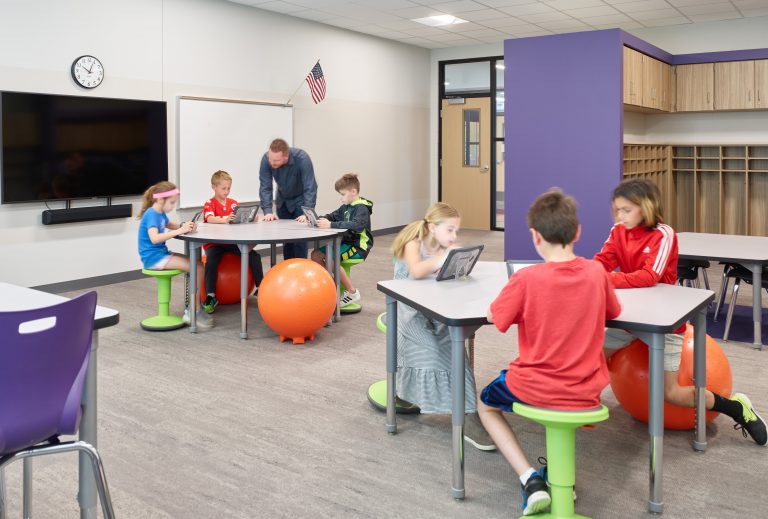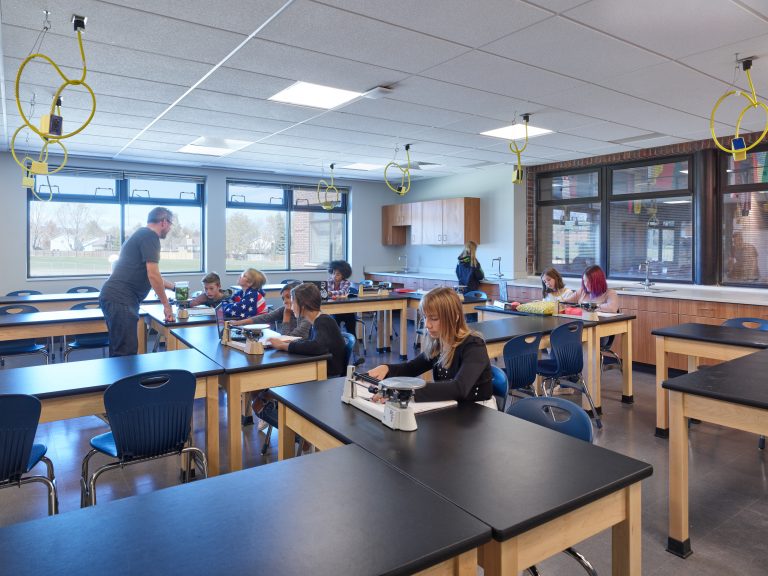NOTE: This is part of a series of posts on upcoming bond measures on the Nov. 2 ballot. You can read the rest of the series
 Simply put, successful bonds are the result of support and engagement from the community to make its local schools better. In taking care of deferred maintenance and committing to capital improvements and repairs, as well as new construction projects, funding from bonds can move schools – and ultimately, the community – forward.
Simply put, successful bonds are the result of support and engagement from the community to make its local schools better. In taking care of deferred maintenance and committing to capital improvements and repairs, as well as new construction projects, funding from bonds can move schools – and ultimately, the community – forward.
This is important to say upfront: Your buildings will never be less expensive than they are today. Therefore, it’s important to be smart and strategic about where to spend today’s dollars, so they benefit the school and community of tomorrow. Bonds are an investment in the future and with all investments, they require proper planning to be put to best use.
Colorado voters passed the Taxpayer’s Bill of Rights Act (TABOR) in the 1990s which requires voter approval for all new taxes, tax rate increases, extensions of expiring taxes, mill levy increases, valuation for property assessment increases, or tax policy changes resulting in increased tax revenue.
As a result, school district state funding dramatically decreased across the state, leaving districts to rely on bonds or defer capital projects altogether. But there are some challenges with relying on bonds to fund repairs, maintenance and new construction. Bond funding is often unpredictable and inconsistent, and the appetite for bonds depends on each community. Some communities are very supportive of school bonds and will pass a measure every time it comes to a vote, while others require thorough proposals and rationale for the bond ahead of each vote.
It goes without saying that Colorado has seen explosive growth. The latest census figures show Colorado’s population grew about 15%, adding 740,000 people in the past decade. What were originally isolated communities are now becoming one broader community – and fast.
These areas are seeing substantial growth and have bond measures coming up Nov. 2 and/or 2022:
We highlight these districts because they each have unique and specific challenges related to growth. For example, the Brighton district is landlocked doesn’t get many building permits. Schools in Manitou Springs and Brighton are still recovering from the mass influx of students moving to the area a decade ago. In the East Grand School District, more and more families are moving into the mountains, expanding the territory the district covers and making it hard to keep up with growing populations.
Balancing community engagement, growth and legislative realities can be a tricky act. In some instances, bond measures may be passed but the amount awarded simply doesn’t cover the depth and breadth needed to fully maintain and upgrade a school. The bond may support current students but it’s not enough to propel those positive impacts forward to future generations.
There’s the saying that all politics are local. That’s true – and we would add that construction is local, especially when it comes to schools. Each district faces its own challenges and opportunities with no one-size-fits-all plan or design for school bond projects. It’s important to have local expertise.
 Having roots and being fully engaged in Colorado is of the utmost importance to Hollis + Miller. When we opened our Castle Rock office in 2015, it was as a commitment to help Colorado students flourish through well-designed and well-built schools. Community engagement is at the core of what we do. We don’t move forward with architectural plans until we engage with key partners, including students and educators. As the end user of our work, we know how vital it is to gain feedback and buy-in during the planning phase of major projects.
Having roots and being fully engaged in Colorado is of the utmost importance to Hollis + Miller. When we opened our Castle Rock office in 2015, it was as a commitment to help Colorado students flourish through well-designed and well-built schools. Community engagement is at the core of what we do. We don’t move forward with architectural plans until we engage with key partners, including students and educators. As the end user of our work, we know how vital it is to gain feedback and buy-in during the planning phase of major projects.
Along with gaining buy-in, giving students a voice in their future spaces gives them a chance to learn about what we do and what goes into the project. That level of curiosity leads to knowledge about the industry and type of jobs available – jobs done in Colorado. It’s another way the investment of school bonds pays off: second- and third-generation workers who could someday continue making schools ready for the next generation of Coloradans.
Our Colorado office is growing and we have the capabilities and resources to assist in your school bond project. If you need help on long-range planning, bond support graphics and other architectural needs, reach out to our team.
Sign up to hear about the latest news from our architecture firms in Denver and Kansas City.
© 2024 – Hollis + Miller. All rights reserved.